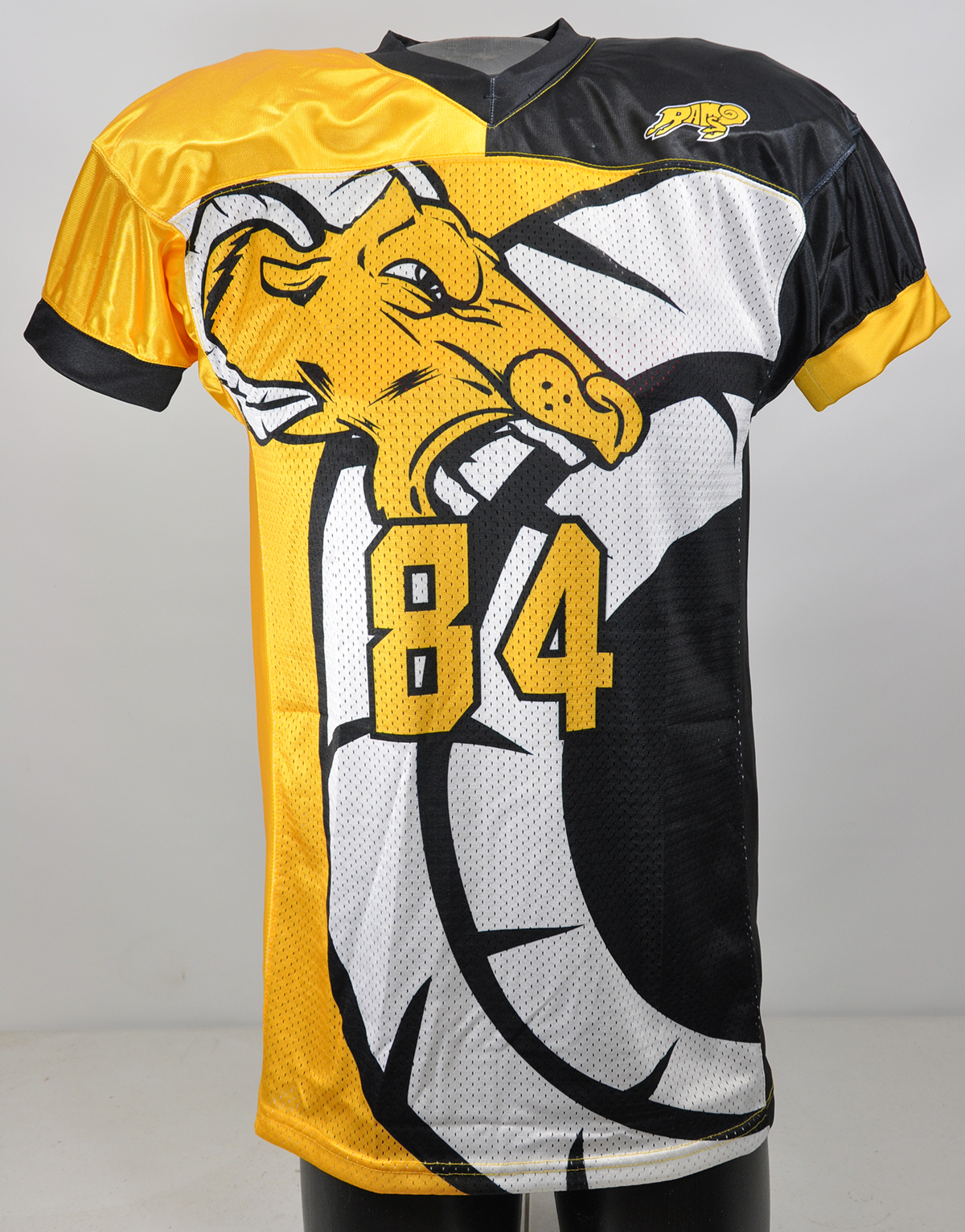Diving Deep into Sublimated graphics: A Comprehensive Guide
Sublimation printing, a process that transforms digital designs into vibrant, permanent images on various materials, has revolutionized the world of personalized products, apparel, and signage. This comprehensive guide explores the intricacies of sublimated graphics, from the underlying science to its diverse applications and best practices.
Understanding the Science Behind Sublimation
At its core, sublimation is a chemical process where a solid transitions directly into a gaseous state without passing through the liquid phase. In sublimation printing, special dyes are printed onto transfer paper using an inkjet printer. When heat and pressure are applied to this printed design, the solid dye sublimates, turning into a gas that penetrates the fibers of the target material. As the material cools, the dye reverts back to a solid state, becoming permanently embedded within the fabric or surface.

This process differs significantly from traditional printing methods like screen printing or direct-to-garment (DTG) printing. These methods typically deposit ink on the surface of the material, creating a layer that can be prone to cracking, fading, or peeling over time. Sublimation, on the other hand, infuses the dye into the material itself, resulting in a print that is incredibly durable, vibrant, and resistant to wear and tear.
Materials Suitable for Sublimation
Sublimation works best on polyester fabrics and polymer-coated materials. The heat and pressure used in the process open the pores of the polymer, allowing the gaseous dye to penetrate and bond effectively. This is why you’ll often see sublimation used for creating custom sportswear, personalized mugs, phone cases, and other items made from these materials.
Polyester Fabrics: Polyester’s synthetic nature makes it ideal for sublimation. The fibers readily accept the dye, producing vibrant and long-lasting prints. Different polyester weaves and textures can create unique visual effects.

Materials like cotton, which are natural fibers, do not work well with sublimation. The dye will not bond properly, resulting in faded or washed-out prints. However, blends of polyester and cotton can sometimes be used, although the color vibrancy may be less intense compared to 100% polyester.
The Sublimation Printing Process: A Step-by-Step Guide
The sublimation printing process involves several key steps:
1. Design Creation: The design is created using graphic design software like Adobe Illustrator or Photoshop. It’s crucial to ensure the design is high-resolution for optimal print quality.
2. Printing on Transfer Paper: The design is printed onto special sublimation transfer paper using an inkjet printer loaded with sublimation ink. These inks are specifically formulated to sublimate when heat is applied.
3. Heat Pressing: The printed transfer paper is placed onto the target material, and heat and pressure are applied using a heat press. The heat causes the sublimation ink to turn into a gas, which penetrates the fibers of the material.
4. Cooling and Setting: After the heat pressing is complete, the material is allowed to cool. As it cools, the dye returns to its solid state, becoming permanently embedded within the material.
Advantages of Sublimated Graphics
Sublimation offers several distinct advantages over other printing methods:
Durability: Sublimated prints are incredibly durable and resistant to fading, cracking, and peeling. The dye is infused into the material, making it a part of the fabric or surface.
Applications of Sublimated Graphics
The versatility of sublimation makes it suitable for a wide range of applications:
Custom Apparel: Sublimation is widely used for creating custom sportswear, t-shirts, jerseys, and other apparel items. It’s ideal for producing vibrant, personalized designs that can withstand frequent washing and wear.
Best Practices for Sublimation Printing
To achieve the best results with sublimation printing, it’s essential to follow these best practices:
Use High-Quality Equipment and Supplies: Invest in a good quality sublimation printer, heat press, and sublimation ink. Using high-quality supplies will ensure optimal print quality and durability.
The Future of Sublimation
Sublimation technology continues to evolve, with advancements in ink formulations, printing equipment, and compatible materials. Researchers are exploring new applications for sublimation, including printing on a wider range of materials and developing more sustainable printing processes. As technology advances, sublimation is poised to play an even greater role in the world of personalized products and visual communication.
Conclusion
Sublimated graphics offer a powerful and versatile solution for creating vibrant, durable, and personalized designs. From custom apparel to promotional products and signage, sublimation has transformed the way we create and personalize the world around us. By understanding the science behind sublimation and following best practices, businesses and individuals can harness the power of this technology to create stunning and long-lasting graphics.
sublimated graphics
